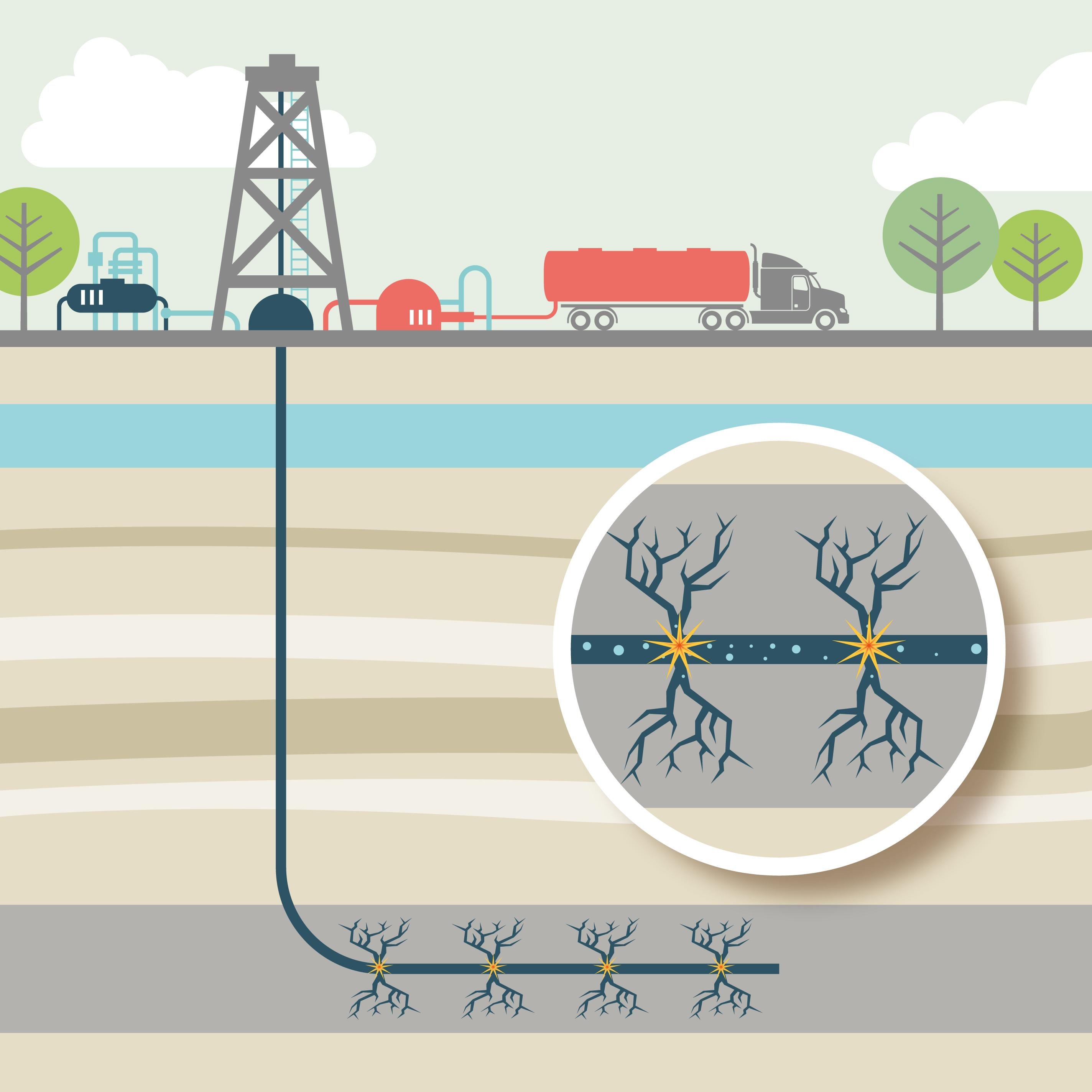
Many of you would have heard about the 16-hour siege at Martin Place in Sydney’s CBD this week. I wanted to take the opportunity to share some dynamics of Crisis Negotiation as I’m presently writing a book on the topic together with Steve York, the former commander of the New South Wales (NSW) police negotiation unit.
Incidentally it was the NSW police department that negotiated the Sydney siege this week. In a radio interview on Tuesday, York shared that his expectation was for a peaceful resolution. Crisis Negotiation is a very effective tool for resolving such incidents. In fact, during his policing career in the ‘80s and ‘90s, York negotiated over 200 hostage incidents - with only three lives lost. It is worth reflecting on how powerful negotiation can be given that these results were achieved using just words!
This approach of talking to and understanding the person of interest (POI) is in stark contrast with the old days of policing. A few decades ago law enforcement crisis incidents were predominately resolved using force. Unfortunately, in the process, POIs and hostages were more often killed, and often accidentally shot by law enforcement.
The Sydney siege explained
The Martin Place siege is reported to have ended in what is termed Police Emergency Action. This is where the tactical arm of law enforcement (i.e. the team with the guns) perceives immediate danger to life and therefore intervenes. In this case, the emergency action was triggered after hearing shots being fired from within the premises. The tactical team intervened and rescued several hostages. Unfortunately, the siege ultimately ended with three lives lost (the POI and two hostages) and several injured.
Using force, power or weapons are high-reward-high-risk approaches. On the one hand they promise quick resolution, but are very risky because they corner an already unstable individual and pressures him into taking action. In a hostage incident, the POI often suffers tunnel vision and may believe the only choices available to him are to hurt hostages, hurt police, or hurt himself. The use of force in these incidents is rarely met with passive compliance.
In contrast, crisis negotiation (which is very compatible with the Value Negotiation approach taught at INSEAD) is a high-reward-low-risk approach. Both crisis negotiators and Value Negotiators position ourselves as someone who can help the other party find a path to the best available outcome. This reduces the need for fear, resistance or posturing from the other party. The resulting interaction becomes more effective in identifying positive outcomes, while reducing volatility and risk.
As this week’s siege illustrates, there are strong reasons for fully exhausting such low-risk approaches before considering higher-risk approaches. Today, many law enforcement departments across the world appreciate this and therefore use negotiation as the primary response, and force as the last resort.
The difficulties of crisis negotiation
While crisis negotiation has a high probability of success, it is also much more challenging than the regular, non-crisis negotiations most of us are involved in. One such challenge is the stakes involved. With lives at risk we can’t afford to make mistakes. Add to this that we are usually dealing with a POI who is not in a stable state of mind, either due to drugs, mental disorders, or simply from an inability to cope with the stress of the situation. And, this person often has the capability to unilaterally and without notice escalate the crisis into disaster.
Furthermore, crisis incidents are typically unannounced, which means that crisis negotiators begin the crisis intervention with a considerable lack of information. How many POIs are there? What does he or they want to achieve from the hostage taking? What weapons does he or they have? How many hostages are there? Is anyone injured or suffers from a medical condition? And what are all the negative scenarios we need to plan and prepare for in the event that negotiations are not successful?
This last point is particularly important. In regular non-crisis negotiations we often have the choice of simply walking away from the negotiation to pursue other alternatives elsewhere.
But this choice is not available to crisis negotiators. The crisis needs to be resolved. Rather the choice is whether to use negotiation or force to achieve that goal. Negotiation is the preferred approach, and therefore the ultimatum that law enforcement explicitly or implicitly imposes on the POI is: “Collaborate with us to work things out peacefully, because if you decide to compete you have to deal with the tactical team and you will lose.”
Filip Hron is a Lecturer at INSEAD. He is the author of Negotiation Evolved. You can read about him here.
-
View Comments
-
Leave a Comment





No comments yet.